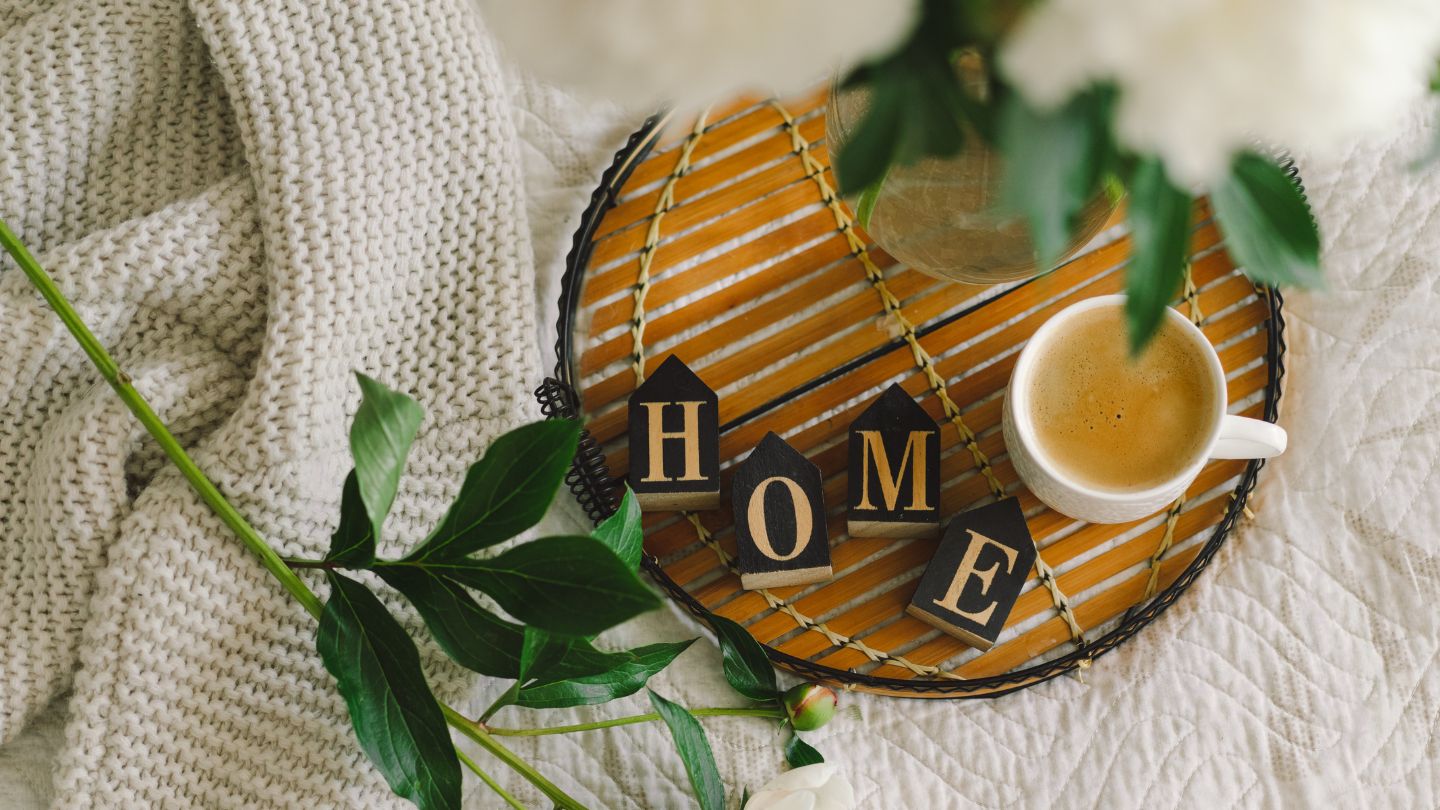Have you ever walked into a room and instantly felt calm, energized, or even slightly anxious? The colors surrounding you might be responsible for these emotions. Understanding the psychology of color can transform your living space and significantly impact your home's overall vibe.
The Science Behind Color Psychology
Color psychology is the study of how colors affect human behavior and emotions. Research has shown that different hues can influence our mood, productivity, and even physical responses. In interior design, this knowledge is crucial for creating spaces that evoke specific feelings and atmospheres.

How Different Colors Affect Your Home's Atmosphere
Warm Colors
Warm colors like red, orange, and yellow are known to stimulate and energize.
Red: Associated with passion and excitement, red can increase heart rate and blood pressure. It's perfect for dining rooms or social spaces where you want to encourage conversation and activity. See red wall art.
Orange: This vibrant hue combines the energy of red with the cheerfulness of yellow. It's ideal for exercise rooms or creative spaces, promoting enthusiasm and creativity. See orange wall art.
Yellow: Known as the color of happiness, yellow can brighten any space. However, use it sparingly, as too much can be overwhelming. It's excellent for kitchens or home offices where you want to boost productivity and positivity. See yellow wall art.

Cool Colors
Cool colors like blue, green, and purple tend to have a calming effect.
Blue: The color of the sky and sea, blue promotes tranquility and relaxation. It's perfect for bedrooms or bathrooms where you want to create a serene atmosphere. See blue wall art.
Green: Associated with nature and renewal, green can make a space feel fresh and balanced. It's versatile enough for any room but particularly suited for living areas or home offices. See green wall art.
Purple: Historically linked to royalty and luxury, purple can add a touch of sophistication to your space. Lighter shades like lavender can be calming, while deeper purples can be energizing. See purple wall art.

Neutral Colors
Neutral colors provide a backdrop for other hues and can significantly impact a room's feel. See neutral wall art.
Applying Color Psychology in Your Home
When applying these principles to your home, consider the following:
- Room Function: Think about the primary purpose of each room. A bedroom might benefit from calming blues, while a home office could use energizing yellows.
- Light: Natural and artificial lighting can significantly affect how colors appear. Always test paint samples in the room's actual lighting conditions.
- Personal Preferences: While color psychology provides general guidelines, your personal associations with colors matter too. Choose hues that resonate with you.
- Color Combinations: Use the color wheel to create harmonious combinations. Complementary colors (opposite on the wheel) can create vibrant contrasts, while analogous colors (next to each other) create a more cohesive look[5].
- 60-30-10 Rule: A classic interior design principle suggests using 60% of a dominant color, 30% of a secondary color, and 10% of an accent color for a balanced look.

Conclusion
Understanding the psychology of color is a useful tool in creating a home that not only looks beautiful but also feels right. By thoughtfully selecting hues that align with the mood you want to create in each space, you can transform your home into a harmonious haven that supports your well-being and lifestyle.
Remember, while these guidelines are helpful, interior design is also an art. Don't be afraid to experiment and find what works best for you and your unique space. After all, your home should be a reflection of your personality and style.









Leave a comment